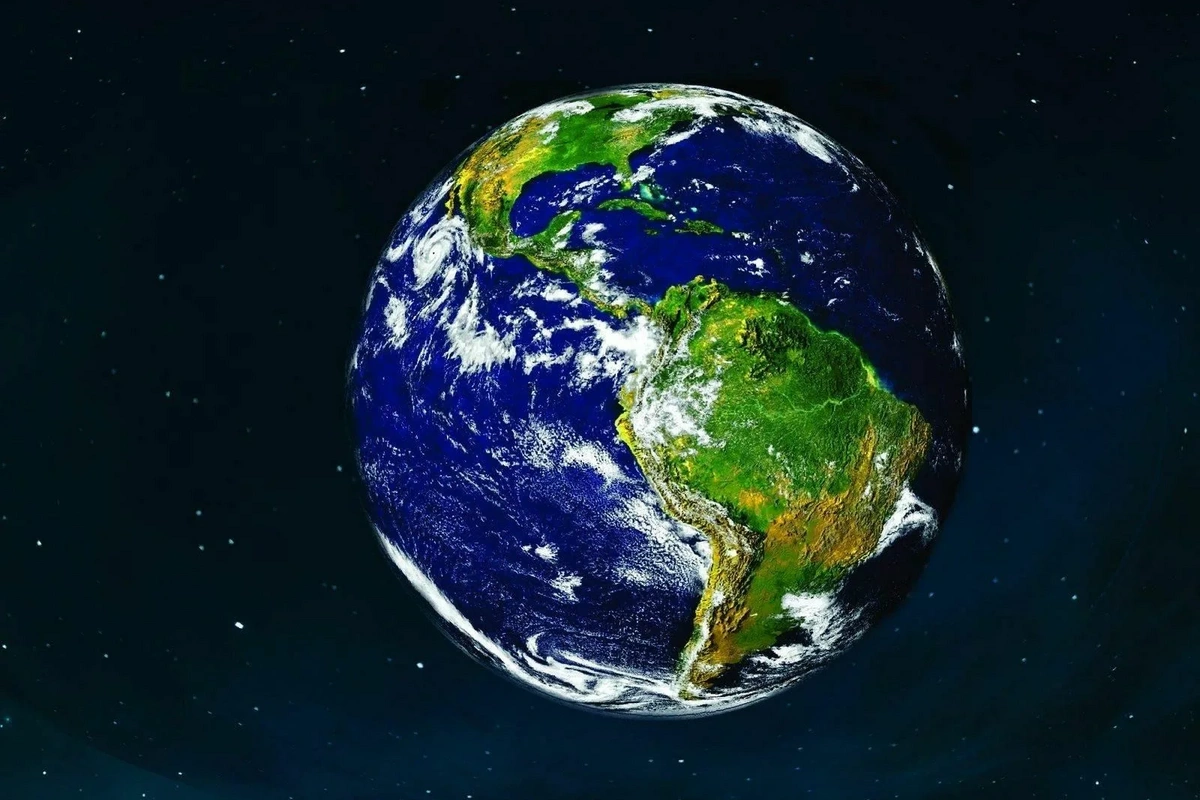Scientists have discovered a super-Earth

Two new exoplanets call into question the uniqueness of the Solar System
Astronomers have discovered two new planets orbiting the star TOI-1453, located 250 light-years from Earth. This discovery once again raises questions about how our Solar System differs from other stellar systems.
According to Space.com, the star TOI-1453, which is smaller and cooler than the Sun, is the parent star for two exoplanets - TOI-1453 b and TOI-1453 c. They are located in the constellation Draco and were identified by a team of scientists led by Dr. Manu Stalport from the University of Liège (Belgium). The researchers used data obtained from NASA's TESS telescope and the National Galileo Telescope in Spain.
TOI-1453 b is a super-Earth - a rocky planet similar to Earth, but larger. However, it orbits its star at an extremely small distance, completing a full orbit in just 4.3 Earth days. This makes it extremely hot, possibly to the extent that its atmosphere has already been destroyed.
TOI-1453 c, in turn, belongs to the class of mini-Neptunes. It has a low density, indicating the presence of a thick atmosphere rich in hydrogen or water. This makes it a promising object for studying exoplanet atmospheres.
Interestingly, the star TOI-1453 is part of a binary system, which adds complexity to the gravitational interactions of these planets. It is also worth noting that super-Earths and mini-Neptunes are widespread in the Milky Way galaxy, but such classes of planets are absent in the Solar System.
Studying TOI-1453 b and TOI-1453 c may bring scientists closer to answering a key question: why did the Solar System evolve differently than most known stellar systems?
Similar News
Named autumn fruit beneficial for the heart
Persimmon contains potassium, magnesium and antioxidants that support cardiovascular health, gastroenterologist Evgeny Belousov told "Gazeta.Ru". "Persimmon is...




 Azərbaycanca
Azərbaycanca  По-русски
По-русски  English
English 






